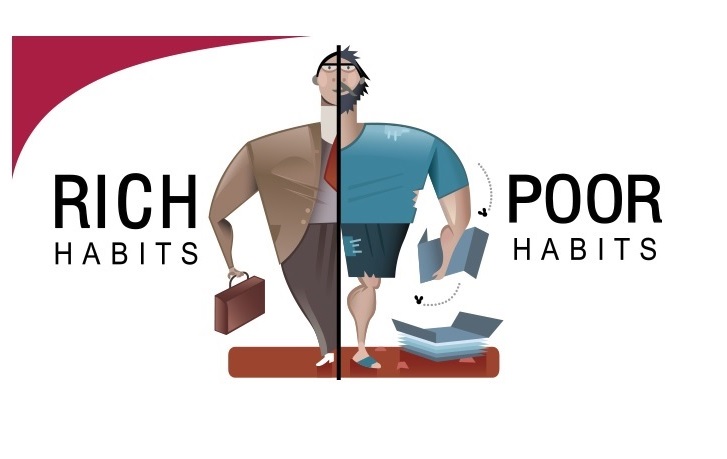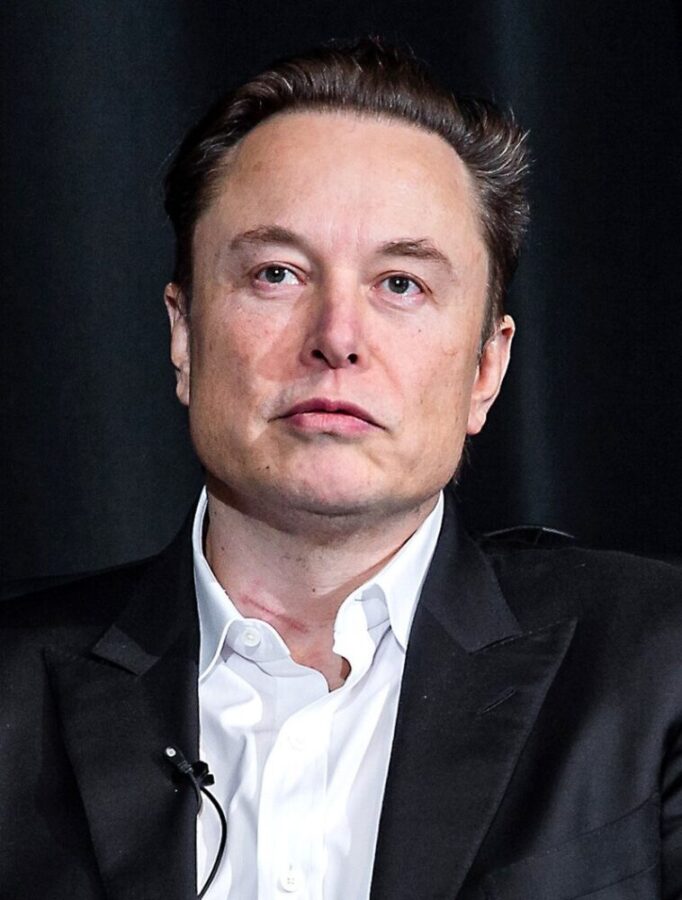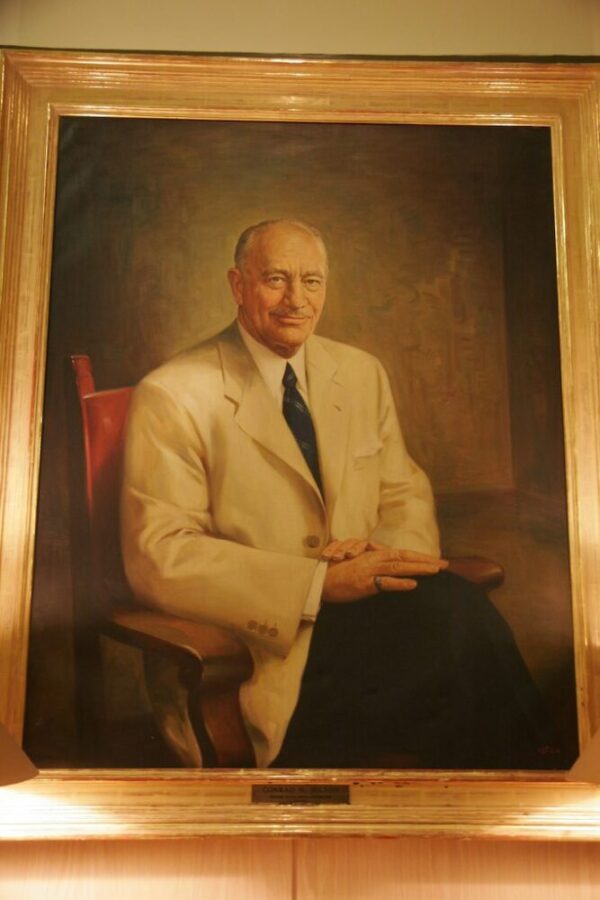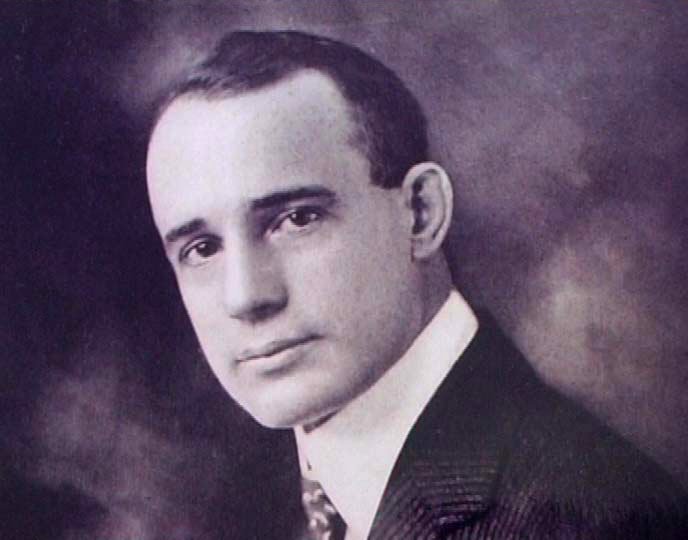
My mission is to share my unique Rich Habits research in order to add value to your life and help you realize increased wealth, superior health, abundant success, fulfillment & happiness. If you find value in these articles, please share them with your inner circle and encourage them to Sign Up for my Rich Habits Daily Tips/Articles. No one succeeds on their own. Thank You!
TOM@RICHHABITS.NET
“Our greatest glory is not in never falling, but in rising every time we fall.” Confucius
As children we are programmed to believe that failure is bad. If you fail a test, it negatively impacts your grade for the course. Fail enough tests and teachers start calling parents. Parents then yell at their child to get better grades.
Failure then becomes something to be avoided at all costs. And the best way to avoid failure is to take the safe, sure path and avoiding risk.
That’s too bad.
It’s too bad because almost every path to wealth, other than the Saver-Investor Path, requires that you take risks. Because so many fear failure and avoid taking risks, the few who don’t fear taking risks have very little competition.
I thought I’d share some real-life stories of millionaires/billionaires who failed and whose failure brought them to the brink of financial ruin, only to rise like a phoenix out of the ashes of failure.
Elon Musk
 In 1995 Elon Musk, one of the founders of ZIP2, sold his interest for $22 million. He immediately invested what was left after taxes into a company that became PayPal. In 2002, he sold his interest in PayPal for $250 million. He took what was left after taxes and invested this windfall into three ventures: SpaceX ($100 million), Tesla ($70 million) and Solar City ($10 million).
In 1995 Elon Musk, one of the founders of ZIP2, sold his interest for $22 million. He immediately invested what was left after taxes into a company that became PayPal. In 2002, he sold his interest in PayPal for $250 million. He took what was left after taxes and invested this windfall into three ventures: SpaceX ($100 million), Tesla ($70 million) and Solar City ($10 million).
At the end of 2008, Musk was on the verge of bankruptcy. His Falcon 1 rocket had failed to reach orbit for the third time in early August, 2008. His Tesla business was hemorrhaging millions of dollars. He had gone through most of his millions funding SpaceX and Tesla plus he had gone through most of the hundreds of millions venture capitalists and the government had invested in his companies. Musk literally did not have enough funding to carry SpaceX through the next month. In August 2008 it seemed Elon Musk was no better than a gambler on the wrong side of a bet. Most would have thrown in the towel. Only Musk didn’t. He never wavered in his faith in succeeding to make history by being the first private company to launch a rocket into orbit.
Success or failure, in September 2008, came down to one moment – the fourth flight of his Falcon 1 rocket. If it too failed, Musk was done. Only it didn’t fail. The first privately built rocket made orbit.
Thanks to the success of that fourth flight, Musk was able to cobble together enough money to get SpaceX through the end of 2008. Then, on December 28, 2008, NASA awarded SpaceX with a $1.6 billion contract. Musk’s gamble had paid off and the rest, as they say, is history.
Today, Musk is estimated to be worth $80 billion. His companies are changing the world. SpaceX now regularly flies its rockets into space for NASA and other governments. Miracles happen when fearless leaders meet overwhelming adversity and refuse to quit. Life rewards those who stare adversity in the eyes and survive.
Conrad Hilton
 Hilton acquired his first hotel in Mobley, Texas. By all accounts it was a broken-down, dingy and much neglected establishment. But Hilton believed he could transform it into a thriving business. And after a much needed facelift, the hotel became a success. Hilton went on to purchase other fixer-uppers in Texas: The Melba Hotel and shortly thereafter the Waldorf in Dallas.
Hilton acquired his first hotel in Mobley, Texas. By all accounts it was a broken-down, dingy and much neglected establishment. But Hilton believed he could transform it into a thriving business. And after a much needed facelift, the hotel became a success. Hilton went on to purchase other fixer-uppers in Texas: The Melba Hotel and shortly thereafter the Waldorf in Dallas.
Hilton’s first “new” hotel broke ground in Dallas, Texas in July, 1924. He continued on this new path of building, rather than refurbishing hotels. And then the Depression hit in 1929. Hilton’s fortunes reversed almost overnight. He was unable to pay his creditors due to evaporating revenues. Hotel bills went unpaid.
Within a year, Hilton’s hotels went into foreclosure and were taken over. By the time 1931 ended, Hilton had lost everything. But Hilton was, if anything, perpetually optimistic and nimble. He convinced a company who took over one of his hotels to allow him to manage all of the company’s hotels. They agreed. Within a few short years, Hilton was once again buying and building hotels.
Hilton used bonds as a means to fund the purchase of NYC’s historic Waldorf Astoria hotel. The financial experts on Wall Street considered the purchase foolhardy. But Hilton proved them all wrong. He went on to transform the Waldorf Astoria into one of the finest hotels in the world.
Hilton eventually began building hotels outside the U.S. and took his company, Hilton Hotels, public, making it, at the time, the first publicly traded hotel company in the world.
Conrad Hilton was a dreamer and eternal optimist. He was also a fanatical self-help student. He consumed self-help books like Hummers consume fuel. Hilton also believed in his gut. Intuition guided almost all of his business decisions.
A dreamer, optimist, self-help student and visceral decision maker, Hilton embodied the classical definition of the American entrepreneur. When he passed away on January 3, 1979, Hilton was worth $1 billion, which made him, at the time, one of the world’s wealthiest individuals.
Napoleon Hill
 In 1928 Napoleon Hill had made it. Thanks to the royalties from his first book, The Laws of Success, Hill was able to buy a large estate in New York’s Catskills Mountains. He had achieved his dream of becoming a millionaire.
In 1928 Napoleon Hill had made it. Thanks to the royalties from his first book, The Laws of Success, Hill was able to buy a large estate in New York’s Catskills Mountains. He had achieved his dream of becoming a millionaire.
But the Great Depression of 1929 happened. The flood of royalties became a trickle and then stopped. Hill’s estate went into foreclosure and in October of 1930, at age 57, Hill was homeless and penniless.
But nobody bounced back from failure like Hill. Hill’s next book, Think and Grow Rich was a huge success and returned Hill to fame and fortune. Unfortunately, Hill spent his royalties as fast as they came in and within two years after the book’s release, Hill was once again broke.
In 1951 W. Clement Stone, head of Combined Insurance Company, hired Hill to teach his 1,000 insurance agents Hill’s Think and Grow Rich principles. Hill did, and sales soon exploded. Stone’s company’s revenues exploded and Stone rewarded Hill with an ownership interest in his company, transforming Hill into a multi-millionaire once again.
Finding individuals who buy into the same dream and the same goals is not easy. Those who succeed are able to cobble together a team of like-minded people, single-mindedly focused on the same dream and the same goals. Self-made millionaires are able to find apostles for their cause. No one makes it on their own and Hill’s ability to find such apostles was the key to his enormous success. The Stone-Hill partnership made both enormously wealthy.
Image Sources:
Elon Musk: By U.S. Air Force / Trevor Cokley.
Conrad Hilton: Wikimedia Commons / Randall Schwartz.
Napoleon Hill: Unknown Author.

Tom Corley is an accountant, financial planner, public speaker, and author of the books “Effort-Less Wealth: Smart Money Habits At Every Stage of Your Life” and “RichKids: How to Raise Our Children to Be Happy and Successful in Life“. Corley’s work has appeared on CNN, USA Today, The Huffington Post, SUCCESS Magazine, and many other media outlets and podcasts in the U.S. and 27 other countries. Tom is a frequent contributor to Business Insider and CNBC.
Comments